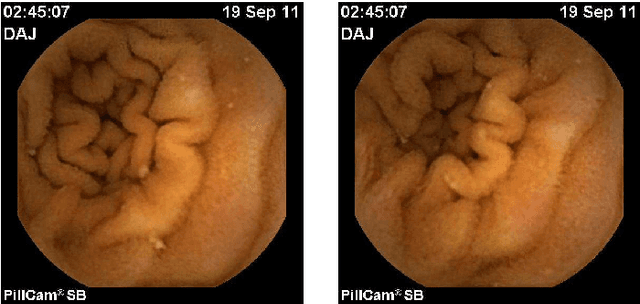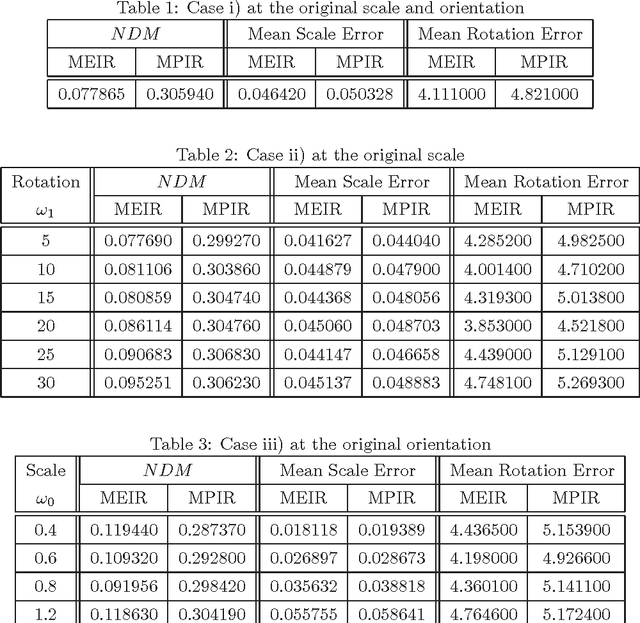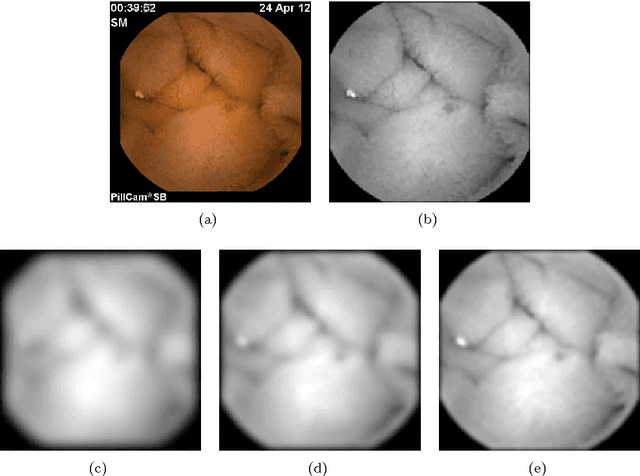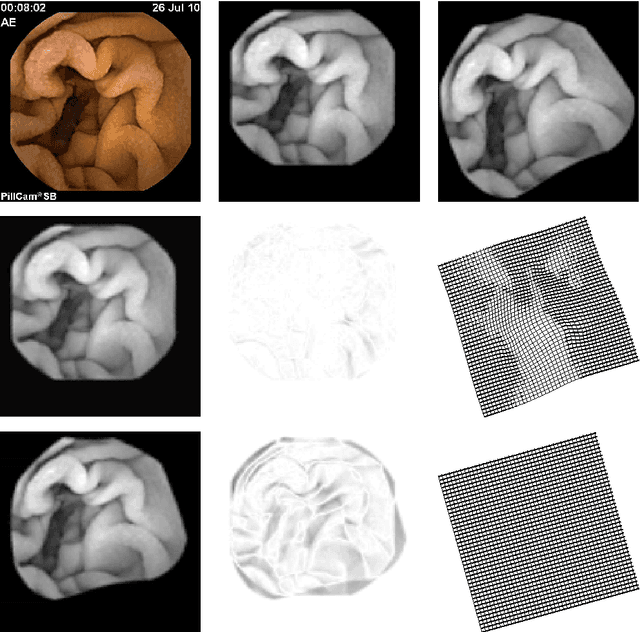Luís Pinto
An Elastic Image Registration Approach for Wireless Capsule Endoscope Localization
Apr 23, 2015



Abstract:Wireless Capsule Endoscope (WCE) is an innovative imaging device that permits physicians to examine all the areas of the Gastrointestinal (GI) tract. It is especially important for the small intestine, where traditional invasive endoscopies cannot reach. Although WCE represents an extremely important advance in medical imaging, a major drawback that remains unsolved is the WCE precise location in the human body during its operating time. This is mainly due to the complex physiological environment and the inherent capsule effects during its movement. When an abnormality is detected, in the WCE images, medical doctors do not know precisely where this abnormality is located relative to the intestine and therefore they can not proceed efficiently with the appropriate therapy. The primary objective of the present paper is to give a contribution to WCE localization, using image-based methods. The main focus of this work is on the description of a multiscale elastic image registration approach, its experimental application on WCE videos, and comparison with a multiscale affine registration. The proposed approach includes registrations that capture both rigid-like and non-rigid deformations, due respectively to the rigid-like WCE movement and the elastic deformation of the small intestine originated by the GI peristaltic movement. Under this approach a qualitative information about the WCE speed can be obtained, as well as the WCE location and orientation via projective geometry. The results of the experimental tests with real WCE video frames show the good performance of the proposed approach, when elastic deformations of the small intestine are involved in successive frames, and its superiority with respect to a multiscale affine image registration, which accounts for rigid-like deformations only and discards elastic deformations.
 Add to Chrome
Add to Chrome Add to Firefox
Add to Firefox Add to Edge
Add to Edge